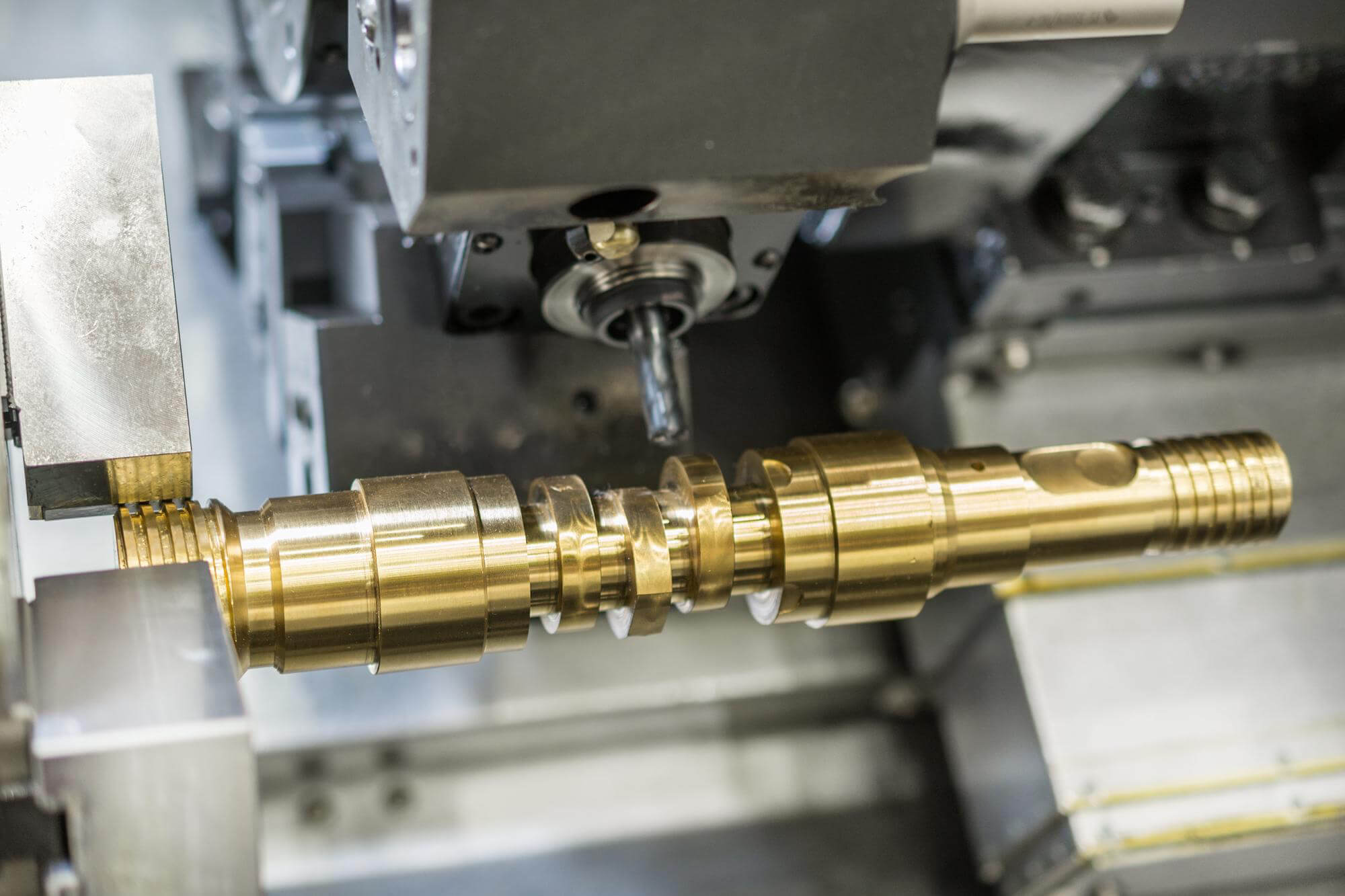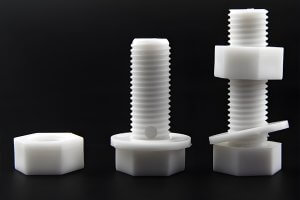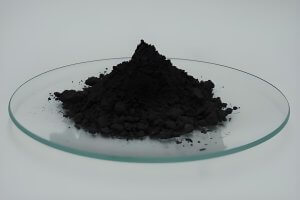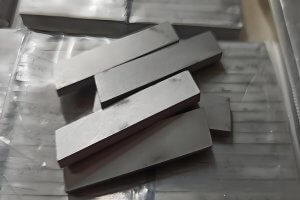In the early days of CNC development, the G92 simple thread cutting cycle was a breakthrough in computer technology, providing an efficient method for thread turning. However, as technology advanced, CNC programmers were offered more powerful tools, simplifying program development significantly. One of the key advancements in this area is the G76 compound fixed cycle, designed specifically for threading applications. This cycle is known for its complexity, not because it is difficult to use, but because it incorporates a wide range of powerful internal features.
The Importance of G76 Cycles
The G76 cycle is a fundamental tool for threading in CNC machining, allowing for the creation of precise and high-quality threads. This cycle is especially valuable when compared to older methods such as G32 and G92 threading. The G32 method requires four to five program blocks for each threading pass, while the G92 cycle simplifies this to one block per pass. The G76 cycle, however, can perform any single-head threading in just one to two blocks, depending on the controller model. This efficiency not only shortens the program length but also makes modifications quicker and easier.
G76 Cycle Formats
There are two main programming formats for the G76 cycle, depending on the CNC controller model: the single-block format and the two-block format. Each format requires different data inputs to define the thread’s specifications.
Single-Block Format
The single-block format is used in older Fanuc controllers (10, 11, and 15T). The parameters include:
- X: The final thread diameter (external or internal)
- Z: The end position of the thread
- I: Taper over the entire length (10 for straight threads)
- K: Actual depth of thread on one side (positive value)
- D: First cutting depth (positive value, no decimal point)
- A: Tool nose angle (positive value, six choices)
- P: Infeed method (positive value, four choices)
- F: Feed rate (usually equal to thread lead)
For example:
G76 X2.8978 Z-1.6 I0 K0.0511 D0210 A60 P1 F0.0833Two-Block Format
The two-block format is used in newer Fanuc controllers (0T, 16T, 18T, 21T). The first block defines general parameters, and the second block specifies the threading details.
First block:
- P: Six-digit data in three groups:
- First two digits: Number of finishing passes (01-99)
- Third and fourth digits: Lead of the infeed (0.0-9.9 times lead)
- Fifth and sixth digits: Thread angle (00, 29, 30, 55, 60, 80)
- Q: Minimum depth of cut (final cut depth, positive value, no decimal point)
- R: Finish allowance (allows decimal point)
Second block:
- X: Final thread diameter (absolute value) or distance to final thread diameter (incremental value)
- Z: End position of the thread (absolute or incremental distance)
- R: Difference in radius between the start and end of the threading path (zero for straight threads)
- P: Thread depth (thread height, positive radius value, no decimal point)
- Q: First cutting depth (maximum depth of cut, positive radius value, no decimal point)
- F: Feed rate (equal to thread lead)
For example:
N20 G76 P011060 Q050 R0.05
N21 G76 X2.8978 Z-1.6 R0 P0511 Q0210 F0.0833Programming Examples
Here are two examples illustrating the G76 cycle in both single-block and two-block formats.
Single-Block Example
03803 (G76 Version, Single-Block Method)
N59 T0500 M42
N60 G97 S450 M03
N61 G00 X3.3 Z0.25 T0505 M08 (Starting Position)
N62 G76 X2.8978 Z-1.6 I0 K0.0511 D0210 A60 P1 F0.0833
N63 G00 X12.0 Z4.5 T0500 M09
N64 M30Two-Block Example
03804 (G76 Version, Two-Block Method)
N59 T0500 M42
N60 G97 S450 M03
N61 G00 X3.3 Z0.25 T0505 M08 (Starting Position)
N62 G76 P011060 Q004 R0.002
N63 G76 X2.8978 Z-1.6 R0 P0511 Q0210 F0.0833
N64 G00 X12.0 Z4.5 T0500 M09
N65 M30Calculating Initial Thread Diameters
The control system calculates the initial threading diameter in a similar way to manual methods used in G32 or G92 threading modes. This calculation is based on known values for external threads:
- Root diameter (X)
- Thread depth (K or P)
- First pass depth (D or Q)
For single-block format:
Ti = X + K × 2 - D × 2For two-block format:
Ti = X + P × 2 - Q × 2For an example where X = 2.8978, K = 0.0511, and D = 0.0210:
Ti = 2.8978 + 0.0511 × 2 - 0.0210 × 2 = 2.9580The G76 compound fixed cycle is a powerful tool for CNC threading, offering significant advantages over traditional methods. Its ability to perform complex threading operations in a concise and flexible manner makes it invaluable for modern CNC machining. By understanding and utilizing the G76 cycle, machinists can achieve high-quality threads with greater efficiency and precision.
Other Articles You Might Enjoy
- Mastering Single-Head Thread Turning in CNC Machining Parts
Thread turning is an essential process in machining, particularly in the realm of CNC (Computer Numerical Control) operations. It involves creating helical grooves on cylindrical or conical surfaces, essential for…
- CNC Machining for Medical Applications: Compliance and Material Selection?
Introduction to CNC Machining in Medical Applications CNC or Computer Numerical Control machining is a manufacturing process wherein pre-programmed computer software dictates the movement of factory tools and machinery. This…
- The Basics of CNC Turning-Milling Compound Machining
The Basics of CNC Turning-Milling Compound Machining Programming The programming basics for CNC turning-milling compound machining can vary due to different CNC systems used in milling machines. These systems may…
- Basic Knowledge of CNC Turning-Milling Compound Machining
Due to the different CNC systems configured on CNC milling machines, the instructions used vary in definition and function, but their basic functions and programming methods remain the same
- Precision CNC Machining of Steel: High-Volume Production
Precision CNC Machining and High-Volume Production As an integral part of modern manufacturing processes, Precision Computer Numerical Control (CNC) machining brings about unmatched accuracy and consistency in the production of…
- The Process of Bead Blasting in CNC Machining(cnc turning Megan)
Bead blasting is an integral aspect of the comprehensive process known as Computer Numerical Control (CNC) machining. In simple terms, bead blasting involves firing small spherical beads at a surface…






